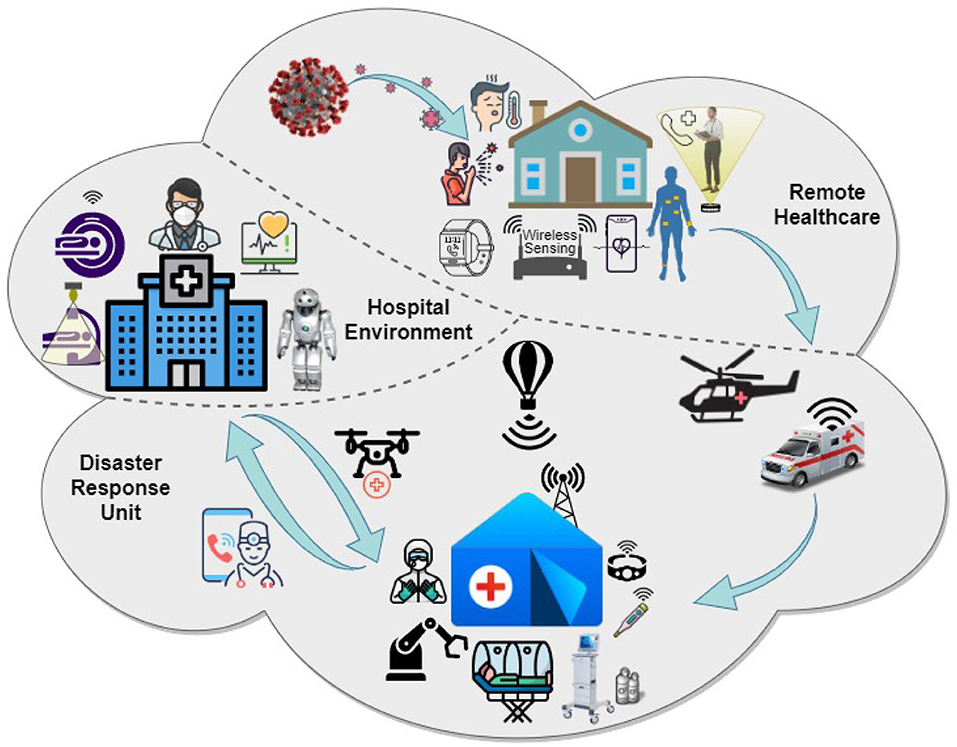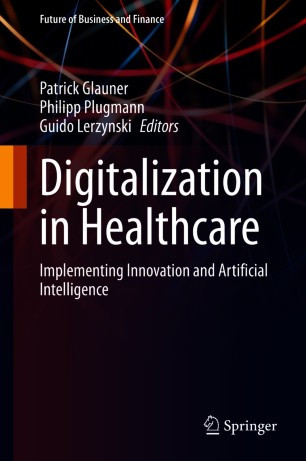Coordination with Federal Communications Commission FCC. Wireless technology has a measurable and significant impact on patient safety by improving staff communication reducing adverse events and expediting patient throughput.
 Medical Applications Of Wireless Networks
Medical Applications Of Wireless Networks
The market intelligence study titled Wireless CommunicationsTechnologies in Healthcare Market - Global Industry Analysis Size Share Growth Trends and Forecast 2015 2023 delves into the prospect of growth of the world market for Wireless CommunicationsTechnologies in Healthcare Market.

Wireless technology in healthcare. Adam Chee Chief advocacy officer at binaryHealthCare explains how healthcare facilities use technology efficiently to deliver improved patient care. The Federal Communications Commission FCC oversees the. The 80211b protocol is the most common wireless network deployed in hospitals.
It explores the challenges faced in the rapidly evolving world of wireless technology in healthcare. In fact the Hugs system protects more than 15 million infants worldwide each year. Cook Medical hosted its third thought leadership forum Wireless Technology -- Transforming the Future of Healthcare on 22 May 2014 in Hong Kong.
Wireless technology has made great strides in the healthcare field and is a platform of many uses for administrators clinicians and support personnel. The most important stage of any treatment is the proper diagnosis of the medical conditions. Healthcare professionals now enter data on wirelessly-connected laptops or tablets and monitoring patients and patient data via cell phones or wireless video cameras.
Radio frequency RF wireless medical devices perform at least one function that utilizes wireless RF. Its role in communications has become standard and vendors are continually searching for ways to integrate new applications into the domain. However to produce the greatest results the deployment of wireless technology must fit.
Benefits of using RFID in Healthcare RFID technology in hospitals labs and entire supply chains offer real-time traceability of every blood sample or pallet of medication as. This vision stems from the. Healthcare organizations are adapting to wireless communication systems to retrieve store share and send data.
An 80211b compact flash card designed by Plexus. The connected hospital is a place where wireless technology allows caregivers and patients to roam throughout the hospital while providing accurate and timely monitoring. This issue of Horizons draws upon wireless healthcare experts to provide practical approaches and advice when working with wireless healthcare technology.
Wireless technology is also used in hospitals to enhance security. Hospitals reported using wireless technology within their healthcare delivery organization across a broad range of services including electronic medical records electronic health records EMR EHR computerized physician order entry medical monitoring and diagnostic. Wireless Medical Devices Description.
Wireless devices are becoming increasingly popular across the healthcare field enabling caregivers to review patient records and test results enter diagnosis information during patient visits and consult drug formularies all without the need for a wired network connection. For example Memorial Hermann Health System and many other hospitals across the country use the Hugs infant protection system to help prevent child abductions from hospitals. Wireless technology offers significant convenience and accessibly with the use of sophisticated devices capable of detect monitor and feedback to designated personnel in real-time.
Wireless Communication Technologies in Healthcare Market is Segmented by types such as Bluetooth Radio Frequency Identification RFID Ultra Wide Band UWB WLAN and WWAN Wi-Fi and Li-Fi. For healthcare and wireless technology to coexist the people the institutions and the technology must be able to talk to one another. Wireless technologies are bringing about dramatic improvements in the quality of healthcare by allowing patients unprecedented mobility while providing healthcare professionals with easy access to patient data.
2 days agoAs a result it is critical for healthcare facilities to keep stock and track of these items. Database last survey 2009 approximately two-thirds of US.


